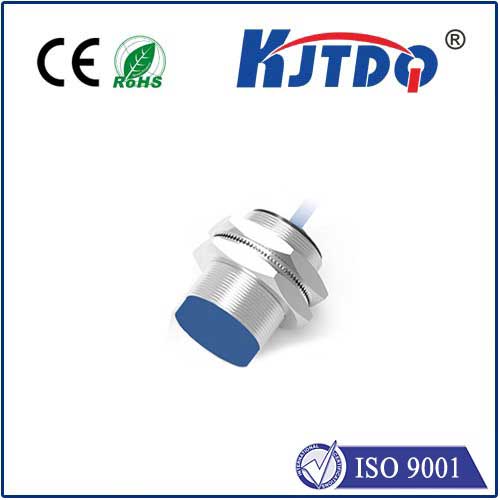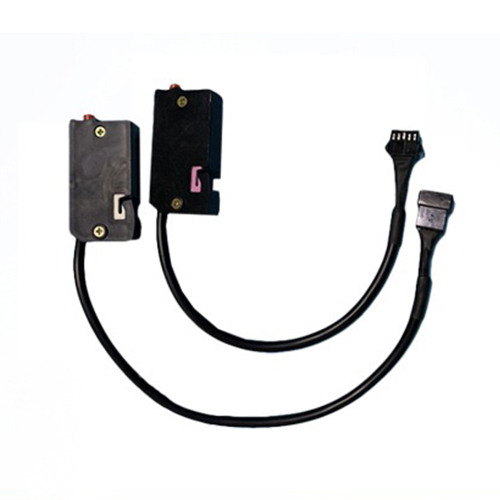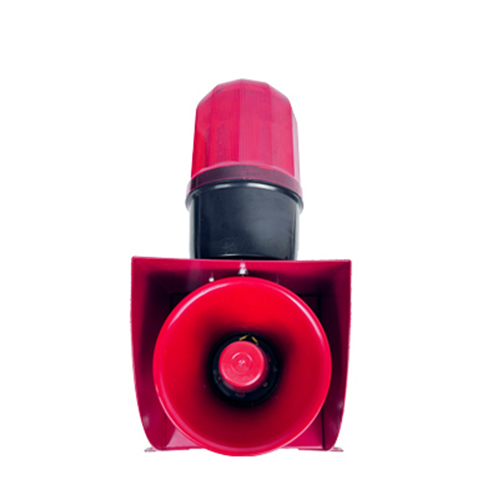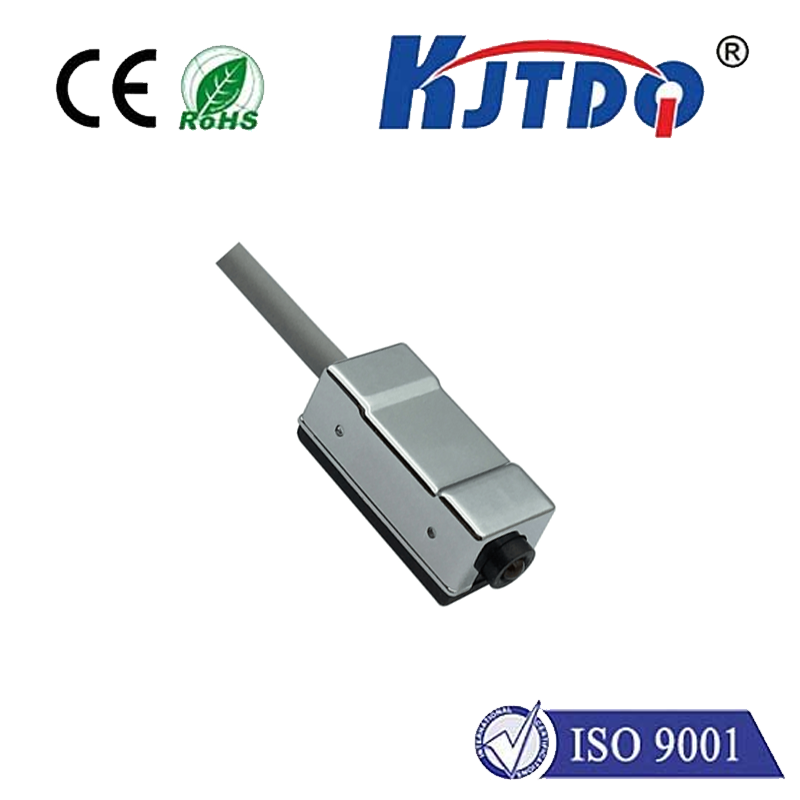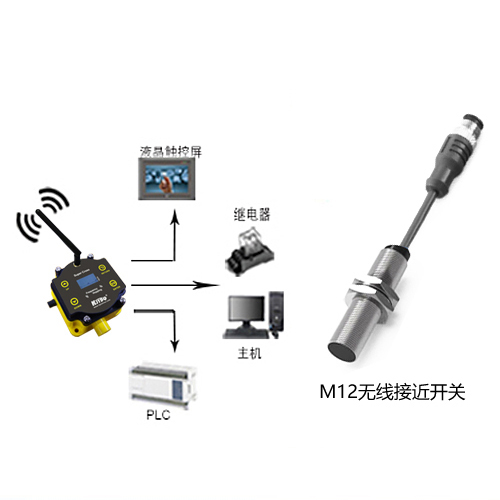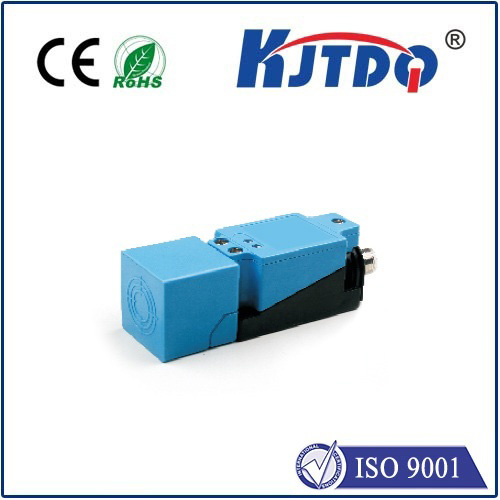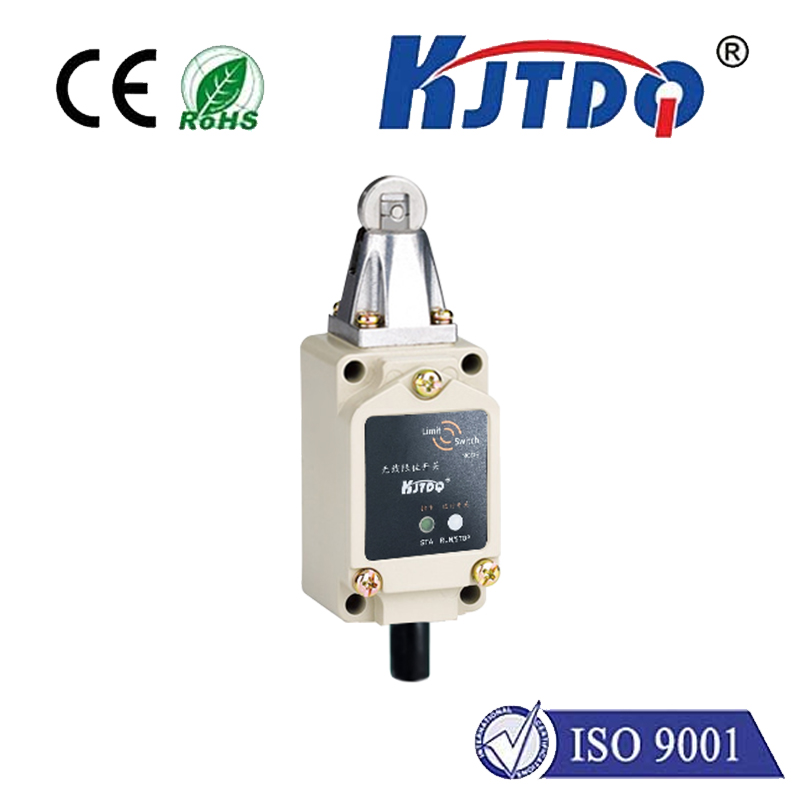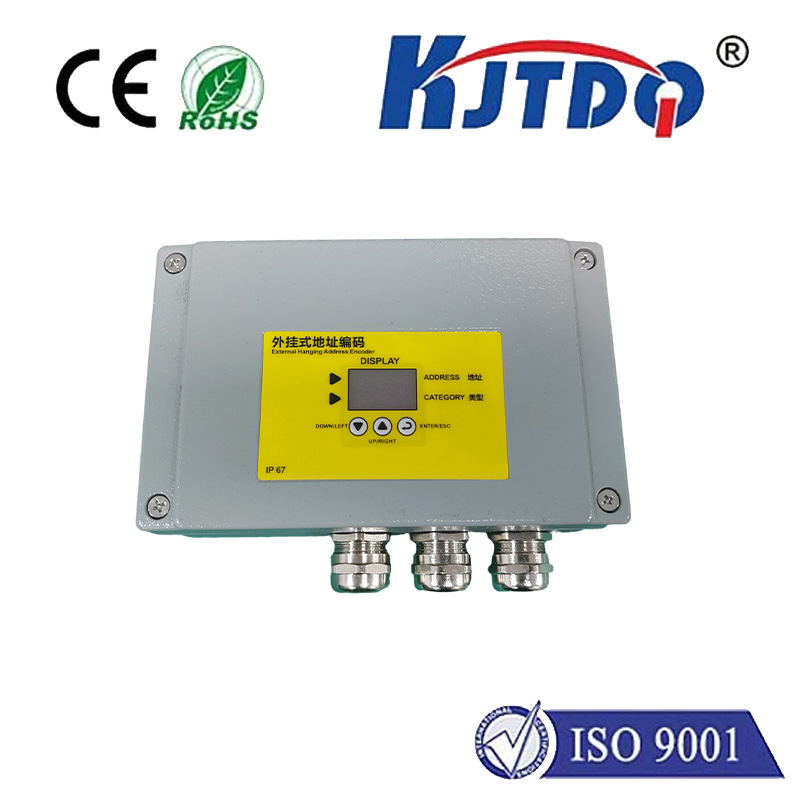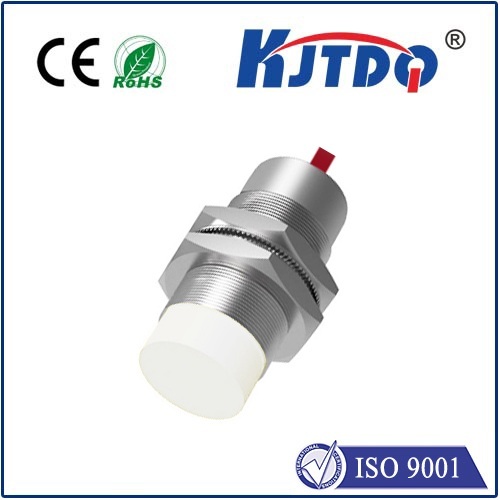

check

check

check

check

check

check

check

check

check

check
Imagine a factory assembly line humming with robotic arms. How do these machines avoid collisions or know precisely when to pick up a component? Or consider the smooth shifting of gears in your car – what ensures the transmission knows the exact position of the gear lever? Behind these critical, often invisible operations, Hall effect proximity sensors frequently play the starring role. These remarkable devices offer a robust, reliable, and non-contact method of detecting the presence, absence, or position of objects using the fundamental principles of magnetism. This article delves into the fascinating world of Hall effect sensors, explaining their operation, key advantages, diverse applications, and why they are indispensable in modern technology.
The Invisible Force Made Detectable: Core Principles
The magic behind a Hall effect sensor lies in a fundamental physical phenomenon discovered by Edwin Hall in 1879 – aptly named the Hall effect. It describes what happens when a current-carrying conductor or semiconductor is exposed to a perpendicular magnetic field. The magnetic field exerts a force on the moving charge carriers (electrons or holes), pushing them to one side of the material. This deflection creates a measurable voltage difference – the Hall voltage – across the material, perpendicular to both the current flow and the magnetic field direction. Crucially, the magnitude of this voltage is directly proportional to the strength of the magnetic field applied.
A Hall effect proximity sensor cleverly harnesses this principle. It incorporates a thin piece of semiconductor material (the Hall element), integrated electronics to condition the signal (amplifiers, Schmitt triggers), and often a protective casing. When a ferromagnetic target (like iron or steel) or a permanent magnet approaches the sensor face, it disturbs the ambient magnetic field or introduces a specific field. This change in magnetic flux density at the Hall element generates a proportional Hall voltage. The sensor’s internal circuitry then processes this voltage, typically outputting a clean, digital signal (ON/OFF) or an analog voltage proportional to the distance. No physical contact is needed; detection occurs purely through the invisible interaction of magnetic fields.
Why Hall Effect Sensors Shine: Key Advantages

In the crowded field of proximity detection, Hall effect sensors stand out due to several compelling benefits:
Where the Magic Happens: Ubiquitous Applications
The unique advantages of Hall effect proximity sensors make them ideal for countless scenarios demanding robust, contactless detection:
Key Considerations: Not a Universal Panacea
Despite their strengths, Hall effect sensors aren’t perfect for every job. Key considerations include:
Hall Effect vs. Alternatives: Choosing Wisely
Understanding when a Hall sensor is the optimal choice often involves comparing it to other proximity technologies:
The Unseen Guardian
Hall effect proximity sensors are a cornerstone of modern sensing technology. By transforming the invisible force of magnetism into a reliable electrical signal, they enable safe, efficient, and precise automation across a breathtaking spectrum of industries. Their robustness, contactless nature, speed, and reliability make them the preferred solution wherever the presence, absence, or precise position of a magnetic target needs to be known – often without anyone even realizing they are there, silently ensuring things work smoothly and safely. From the car you drive to the phone in your pocket and the factories producing goods, Hall effect sensors are truly the unseen sentinels of our technological world. As materials science and integrated circuit design advance, their capabilities, efficiency, and application scope will only continue to grow.
